Philippine Eagle
It was the same grueling routine, but of course Neil Rettig was a senior citizen now—at 63, a good three decades older than he was in 1977, when he first climbed into the tops of 100-foot trees in the Mindanao jungle to photograph the Great Philippine Eagle.
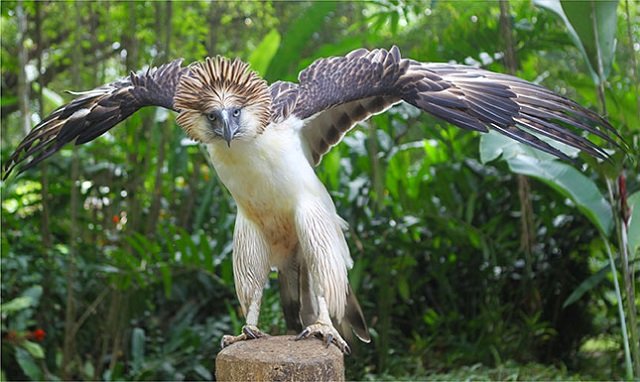
His support crew in this century had better gear and safer techniques. But still.
Every morning at dawn, Rettig strung a climbing rope into the uppermost branches, climbed into his harness, hitched himself to the rope, and climbed like an inchworm—a foot at a time, brow sweating and arms burning—until he hoisted himself onto a cramped platform of boards screwed into the tree, and wriggled himself into a camouflage blind.
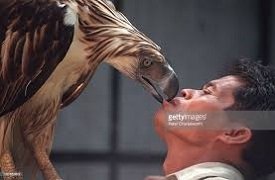
The crew had started on a hillside 97 yards from the eagle’s aerie, a heap of sticks tucked above a big knot of epiphytic plants so wrapped in vines and foliage that it was nearly invisible from the ground. The length of a football field was close enough for shots of eagle parents soaring through the forest canopy and flying into the nest, but still too distant to capture this majestic raptor’s personality and intensity.
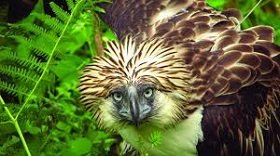
Day by day, tree by tree, Rettig and his crew hoisted themselves above the ground and built new platforms, each incrementally closer than the one before. Each time they dreaded the thought that this might be the effort that would scare the parents from the nest, with the risk that they would abandon their single chick. But they were convinced it was a risk worth taking if they were to produce new film footage of one of the world’s rarest birds
And that was the aim of Rettig’s return—to recapture the regal Philippine Eagle in all the majesty of today’s Ultra-HD film technology, to give Filipinos the most intimate look ever at their national icon, to peer right down into the nest and see the glint in the eyes of newly hatched chicks.
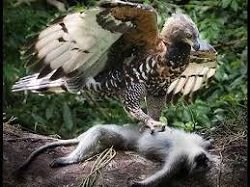
“I think the closer we can get to the eagle family, the more intimately we’re going to bring in the viewer and move people in the end,” Rettig explains. “And I think that’s really important, because we want to sway people. We want people to look at these images and say, yes, we have to save the Philippine Eagle.
Finally, they began work on a blind 20 yards from the nest, hauling lumber up to the treetop, fastening a few boards in place, and then climbing down after an hour so the parents would return to the nest. It took days of intermittent labor, but at last the platform was complete. And best of all, when Rettig and his crew returned to the ground, the eagles returned. The crew was jubilant, smiling and slapping high-fives.
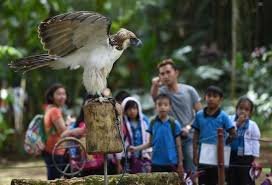
At daybreak, Rettig inched his way back up the tree and settled into his blind. He remembered how much fun this was, perched above the world in a wilderness of tree limbs he shared with eagles, an airy aerie of his own. He switched on his video camera. The telephoto lens put the adult eagle right in his lap, filling his viewfinder with its flamboyant pompadour of variegated feathers.
“When a Philippine Eagle looks right in your eye and makes eye contact it’s breathtaking,” Rettig says. “The crest flares up, those light eyes, those beautiful bluish eyes stare right at your eyes and that contact is riveting, powerful. They’re magnificent, they’re splendid, you know. It’s truly, truly a unique creature.”
Congratulations @alamin775729! You have received a personal award!
Click on the badge to view your Board of Honor.
Do not miss the last post from @steemitboard:
Congratulations @alamin775729! You received a personal award!
You can view your badges on your Steem Board and compare to others on the Steem Ranking
Do not miss the last post from @steemitboard:
Vote for @Steemitboard as a witness to get one more award and increased upvotes!